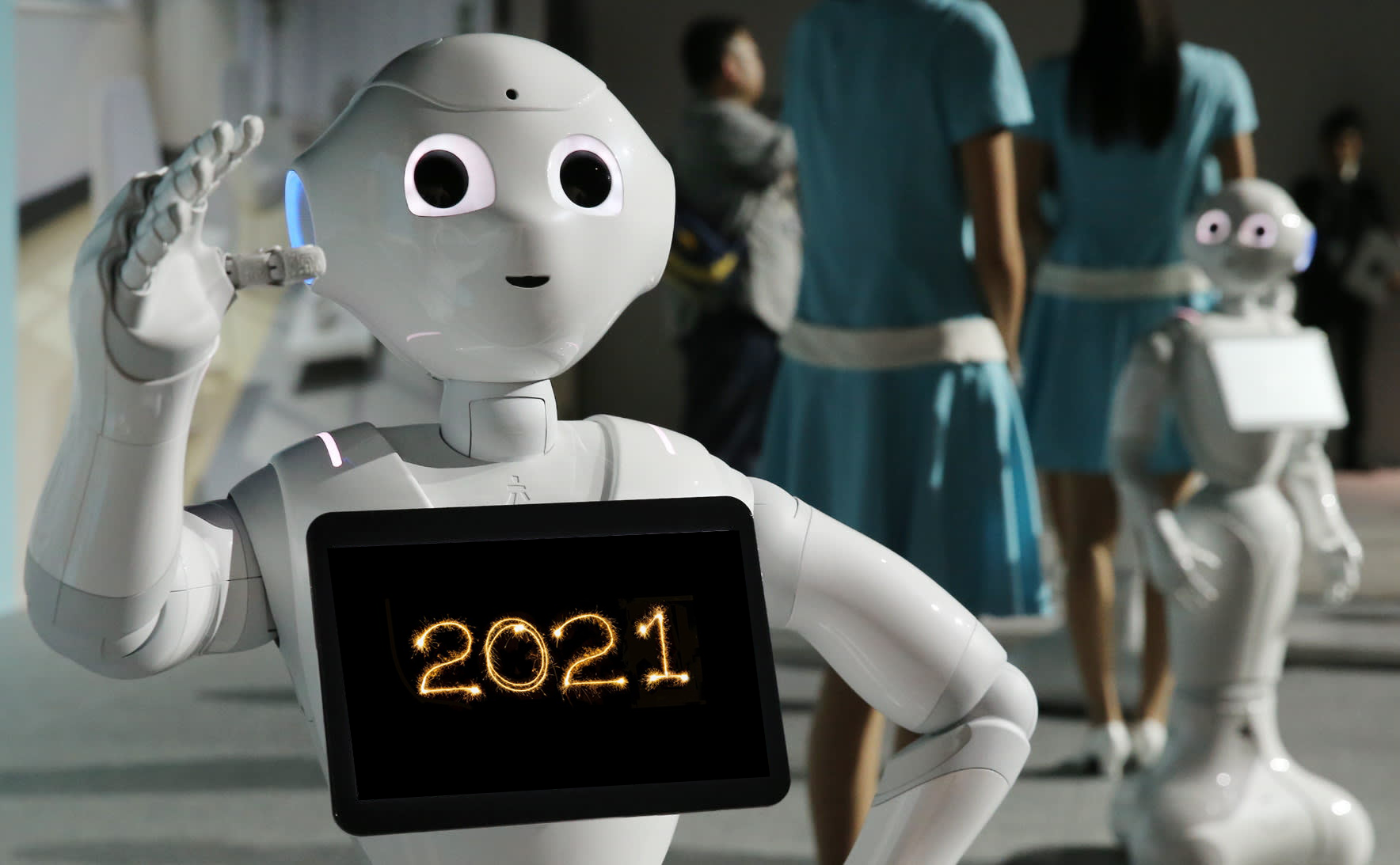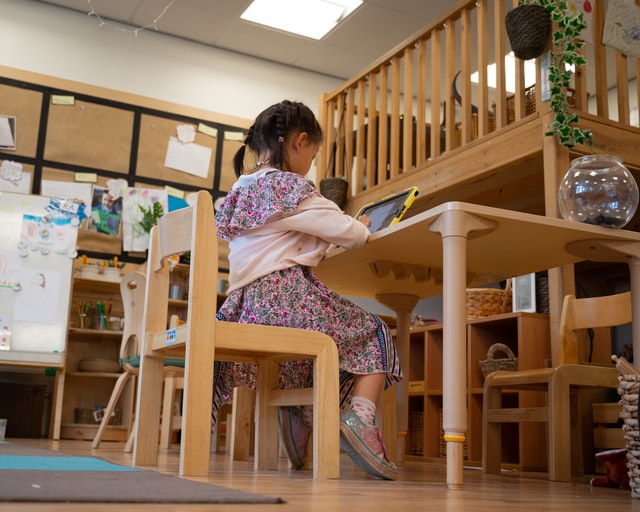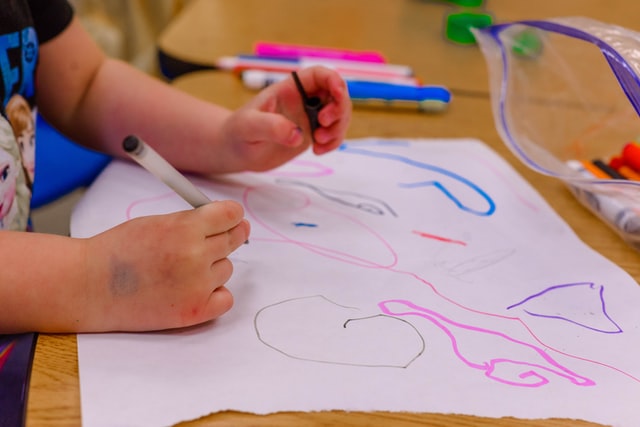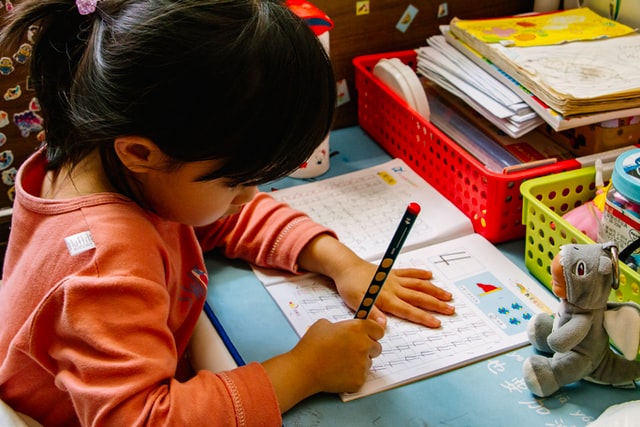Education Technology and the Future of Higher Ed Leadership
 Photo by Glenn Carstens-Peters on Unsplash
Photo by Glenn Carstens-Peters on Unsplash
Education Technology (EdTech) has had a more significant impact on education than anyone expected. Now its effects are reaching into the field of higher education. In this article, we will discuss Education Technology and the future of higher ed leadership.
- 0 Comments
- Jan 5, 2021 10:00:00 AM
- Posted by Natalia Galvis
- Topics: EdTech, STEM, Curriculum, teachers, students, Technology, Edchat, Digital Technology, teaching, online, lessons, eLearning
5 EdTech trends that will transform education in 2021

COVID-19 has not just changed the way students are educated: it has ultimately forced education technology (EdTech) to up its game quickly. Technology in the classroom has always been a benefit to education, enabling personalised, mastery-based learning, saving time for teachers and equipping students with the digital skills they will definitely be needing in the 21st century.
In light of the pandemic, thousands of schools and millions of teachers and learners have had to switch to remote classes almost overnight. Thankfully, EdTech has made things easier, replacing traditional paper-and-pen teaching methods for the better.
The changes EdTech has brought forth will continue to influence classroom teaching. As schools and universities prepare for a full return to schools, many are wondering which of these changes should play a greater role in student learning beyond the immediate crisis. With that being said, here are some of the most significant EdTech trends that will transform the way learning is facilitated in 2021:
- 0 Comments
- Jan 4, 2021 10:00:00 AM
- Posted by Natalia Galvis
- Topics: EdTech, STEM, Curriculum, teachers, students, Technology, Edchat, Digital Technology, teaching, online, lessons, eLearning
5 Ways for Teachers to Continue STEM Education during Distance Learning
 Photo by Andy Falconer on Unsplash
Photo by Andy Falconer on Unsplash
STEM can be found all around you. Don’t know what STEM is? STEM stands for Science, Technology, Engineering, and Math and most commonly used when referring to educational practices. Chris Woods, a STEM teacher and host of the STEM Everyday Podcast, is an activist for incorporating and finding STEM in your everyday life.
- 0 Comments
- Dec 30, 2020 10:00:00 AM
- Posted by Natalia Galvis
- Topics: EdTech, STEM, Curriculum, teachers, students, Technology, Edchat, Digital Technology, teaching, online, lessons, eLearning
11 Tips for Teaching Preschool Online
 Photo by Erika Fletcher on Unsplash
Photo by Erika Fletcher on Unsplash
From scavenger hunts to obstacle courses to read-alouds, many activities from the classroom can be adapted for little kids learning from home.
- 0 Comments
- Dec 29, 2020 10:00:00 AM
- Posted by Natalia Galvis
- Topics: EdTech, STEM, Curriculum, teachers, students, Technology, Edchat, Digital Technology, teaching, online, lessons, eLearning
How Can You Take the Distance Out of Distance Learning?
 Photo by Solen Feyissa on Unsplash
Photo by Solen Feyissa on Unsplash
Distance learning has provided thousands of students the chance to increase their knowledge on a chosen subject in an accessible and flexible way. During the fall semester of 2014; 5,750,417 students in the U.S. were enrolled in a postsecondary distance learning course. It is clear that distance learning creates opportunities for young adults and professionals that previously weren’t available. However, while students often praise the flexibility of distance learning, they also comment on the isolation that distance learning students can experience.
- 0 Comments
- Dec 28, 2020 10:00:00 AM
- Posted by Natalia Galvis
- Topics: EdTech, STEM, Curriculum, teachers, students, Technology, Edchat, Digital Technology, teaching, online, lessons, eLearning
How to Teach Critical Thinking Skills Online
 Photo by Lou Levit on Unsplash
Photo by Lou Levit on Unsplash
The COVID-19 pandemic has revealed new challenges around teaching essential skills such as critical thinking—here are some strategies to help.
- 0 Comments
- Dec 24, 2020 10:00:00 AM
- Posted by Natalia Galvis
- Topics: EdTech, STEM, Curriculum, teachers, students, Technology, Edchat, Digital Technology, teaching, online, lessons, eLearning
What will be the EdTech Trends in 2021?
 Photo by Javier Quesada on Unsplash
Photo by Javier Quesada on Unsplash
The year 2020 will be remembered as the year when social distancing has changed the landscape of education.
Any predictions we can make about the educational technology trends for 2021 must take this into account: the first few months of the year, at least, will be more of the same, but this time, with the added gift of experience.
Most people will agree that schools were unprepared for such a large-scale shift, and that while using technology to support learning can be a new and exciting opportunity, a forced switch without an adequate transition period was traumatic for everyone.
This time, however, teachers have learnt a few lessons of their own: blended learning is the keyword of EdTech trends and the mistakes made in 2020 will be something to build upon in 2021.
- 0 Comments
- Dec 23, 2020 10:00:00 AM
- Posted by Natalia Galvis
- Topics: EdTech, STEM, Curriculum, teachers, students, Technology, Edchat, Digital Technology, teaching, online, lessons, eLearning
3 Reasons why AI Could be Your New Teaching Sidekick
 Photo by Hitesh Choudhary on Unsplash
Photo by Hitesh Choudhary on Unsplash
Artificial Intelligence, or AI, is a relatively new technological advancement becoming increasingly popular in the classroom. There are plenty of reasons for this. For example, AI is much better at explaining and describing abstract concepts to students than actual teachers.
In this article, we will be discussing why AI can be used as a sidekick for teachers in the classroom.
- 0 Comments
- Dec 22, 2020 10:00:00 AM
- Posted by Natalia Galvis
- Topics: EdTech, STEM, Curriculum, teachers, students, Technology, Edchat, Digital Technology, teaching, online, lessons, eLearning
How to Guide Students to a Deep Understanding of Math Concepts
 Photo by Antoine Dautry on Unsplash
Photo by Antoine Dautry on Unsplash
- 0 Comments
- Dec 21, 2020 10:00:00 AM
- Posted by Natalia Galvis
- Topics: EdTech, STEM, Curriculum, teachers, students, Technology, Edchat, Digital Technology, teaching, online, lessons, eLearning
How to Make Virtual STEM Lessons More Engaging for Young Learners
 Photo by Jason Sung on Unsplash
Photo by Jason Sung on Unsplash
These easy-to-implement strategies can make science, technology, engineering, and math lessons come alive for elementary students.
- 0 Comments
- Dec 18, 2020 10:00:00 AM
- Posted by Natalia Galvis
- Topics: EdTech, STEM, Curriculum, teachers, students, Technology, Edchat, Digital Technology, teaching, online, lessons, eLearning
Relevant Posts
Popular Posts
Subscribe to Email Updates
-
I Want To Learn MoreADDITIONAL INFORMATION


